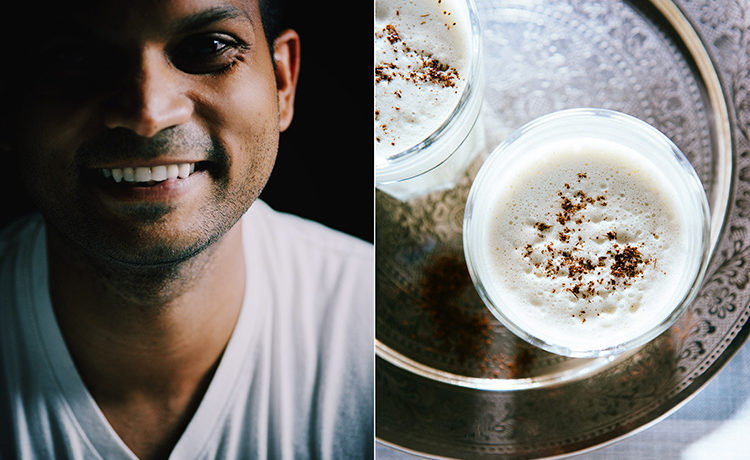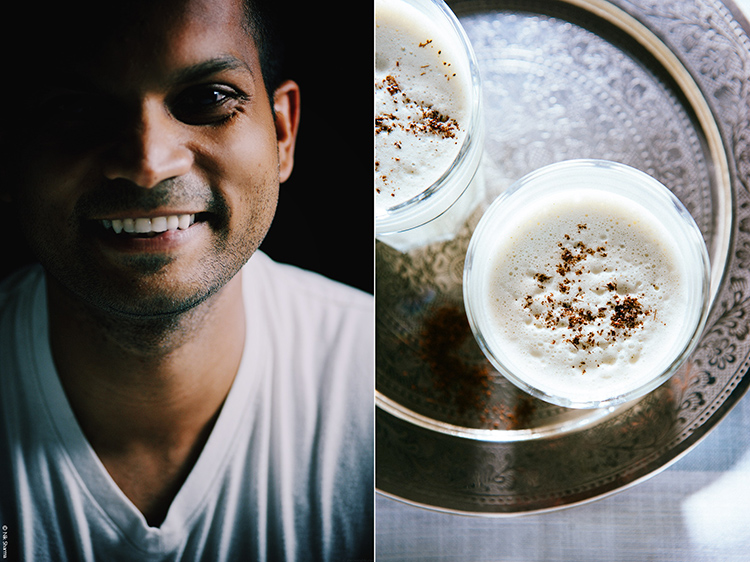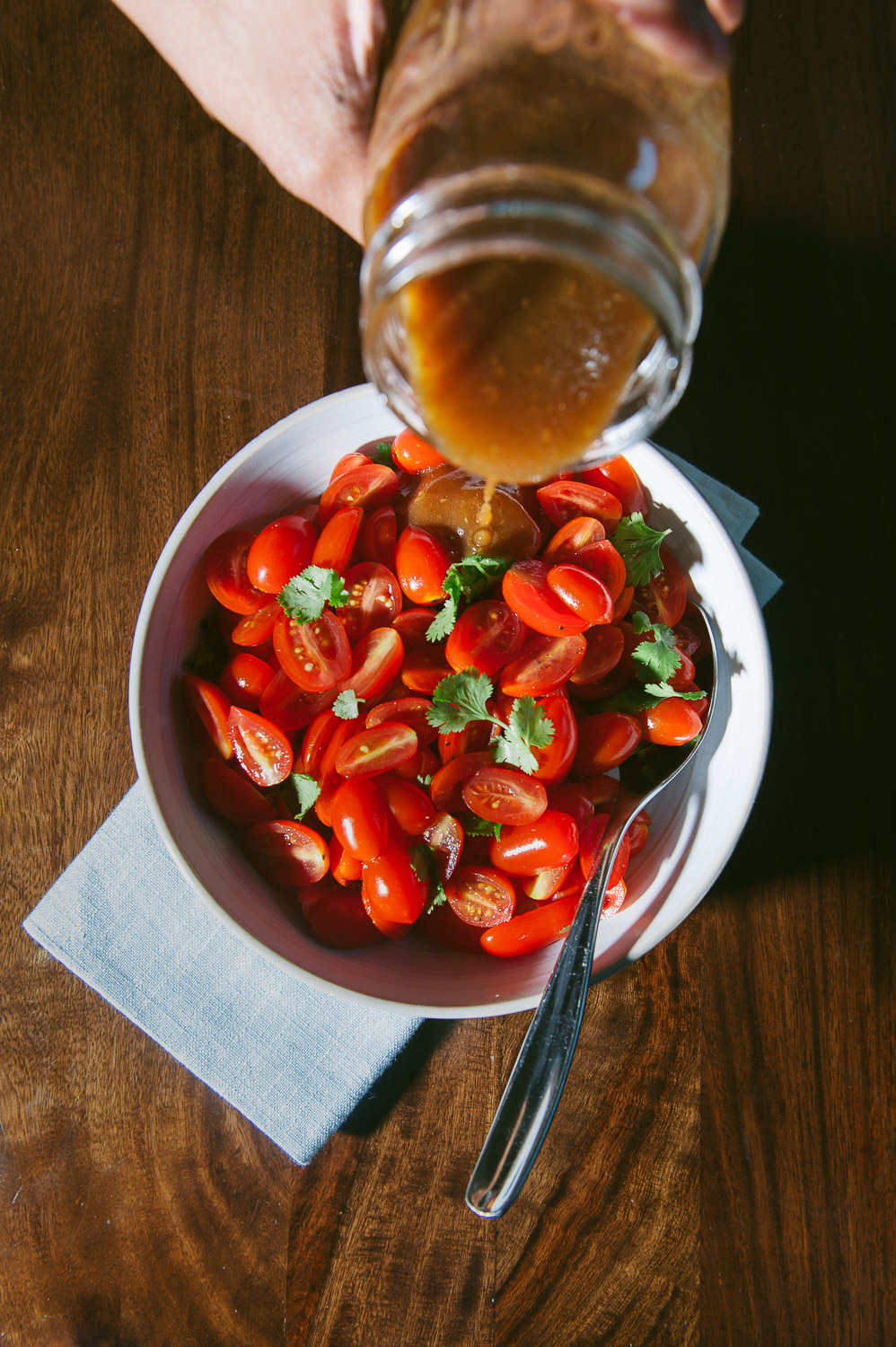

Nik Sharma cooks for Immigration Equality
The talent behind the award-winning blog A Brown Table and San Francisco Chronicle columnist, Nik Sharma partners with Tapestry Suppers for a dinner on Saturday, July 22 benefiting Immigration Equality. He’s infused the menu for our next event with the same spirit of innovation he brings to his blog and we hope you’ll join us for what is sure to be a delicious and delightful evening. Join us by purchasing a ticket on Eventbrite.
Where did you grow up?
I grew up in Bombay (now known as Mumbai), India, a large metropolis and in many ways, it reminds me of NYC. People from all over the country come to Bombay in search of work and the promise of a better life. It’s a vibrant city, with a population comprised of various, socioeconomic and religious backgrounds, making it a very unique melting pot in India.
What were the circumstances that brought you to Ameria?
I came here to study when I was around 19 or 20 years old. But I also arrived with the hope of a better life as I knew I was gay. I wanted the freedom to be me so I was excited to leave and start a new life. To explore a new world, learn and find my voice.
Were there any challenges adjusting to life here?
I didn’t have any problems adjusting. I grew up speaking English as my first language and was well exposed to American culture, via pop culture and also through my extended family that lives here.
What were your first impressions of America upon arrival?
I noticed that race in addition to Socioeconomic inequality and faith were particularly relevant in America. Before I moved to the US, I had very little exposure to racial issues and it was eye-opening to see the role that race played in this culture. I think diversity is an extremely important part of life, across its many facets or else life would be very boring. Sharing a meal with people from diverse backgrounds is just one of many ways that offers a vibrant and colorful experience to satisfy the human instinct to learn. And while you don’t have to agree all the time, you can still learn to appreciate a different perspective.

Is there anything that you miss from your home country?
The food especially mangoes in summer. It’s hard to get good mangoes that are close to the flavor and texture to those from India. However, one of the biggest benefits of living in the Bay Area are its large immigrant populations, and you can easily find a lot of Asian and Indian ingredients that were harder to find when I lived in Washington, D.C.
What does it mean to be a queer immigrant of color in 2017?
It means accepting the fact that there are always going to be people who openly reject my work based on the fact that I am a person of color, gay and an immigrant. I’m fortunate to be able to do what I do, but I also know that the color of my skin limits opportunities available to me.
It’s even more important today that people of color (POC) and immigrants have equal representation, and their voices are heard and seen. Being a minority is hard enough, but being a minority within a minority is challenging at times. Any discussion on rights and privileges is incomplete without considering the voices of POC or immigrants who are part of each community – whether in food, photography or tech – and it would be beneficial to learn about the shared experiences of other LGBTQ people.

How did the food culture you were born into influence your philosophy and approach to food and cooking today?
I was born in a family where my dad was vegetarian (North Indian, and Hindu by faith) while mom is Catholic and non-vegetarian. We ate everything and being exposed to both of their cultures also influenced and shaped the way I learned to cook. In addition, my mother’s family also hails from Goa, a former Portuguese colony so their cuisine is strongly influenced by the West.
Growing up in India and then living in America for most of my life has shaped how I respond to taste and aromas; my brain has acclimated and created a flavor repertoire that I like and dislike. It might sound a bit odd but I usually imagine my food as a dance, how it would look if it were dancing singularly where nothing else in its world mattered.
Will you be cooking any family recipes for the event?
I will prepare dishes that showcase how I’ve assimilated and adapted to my adopted home country. All the recipes are inspired by ingredients and techniques I either grew up with or learned in both of my worlds, India and America.
When people think of Indian food, curries and naan are usually the first thing that come to mind, but the cuisine of the sub-continent is so much more than these elements and they represent a tiny fraction of what they have the potential to be. Like Californian cuisine, the Indian food tradition is influenced by history, immigration and what the land has to offer. Asian and Mexican cuisines are huge in the Bay Area because of the large number of immigrants from these cultures, and the same can be said of India, like Indo-Chinese cuisine created by the Chinese community, or the Parsi influence with its strong ties to Persian culture. There are similarities between how people adapt and acclimate wherever you look.
***
Tickets for this event are available on Eventbrite.

